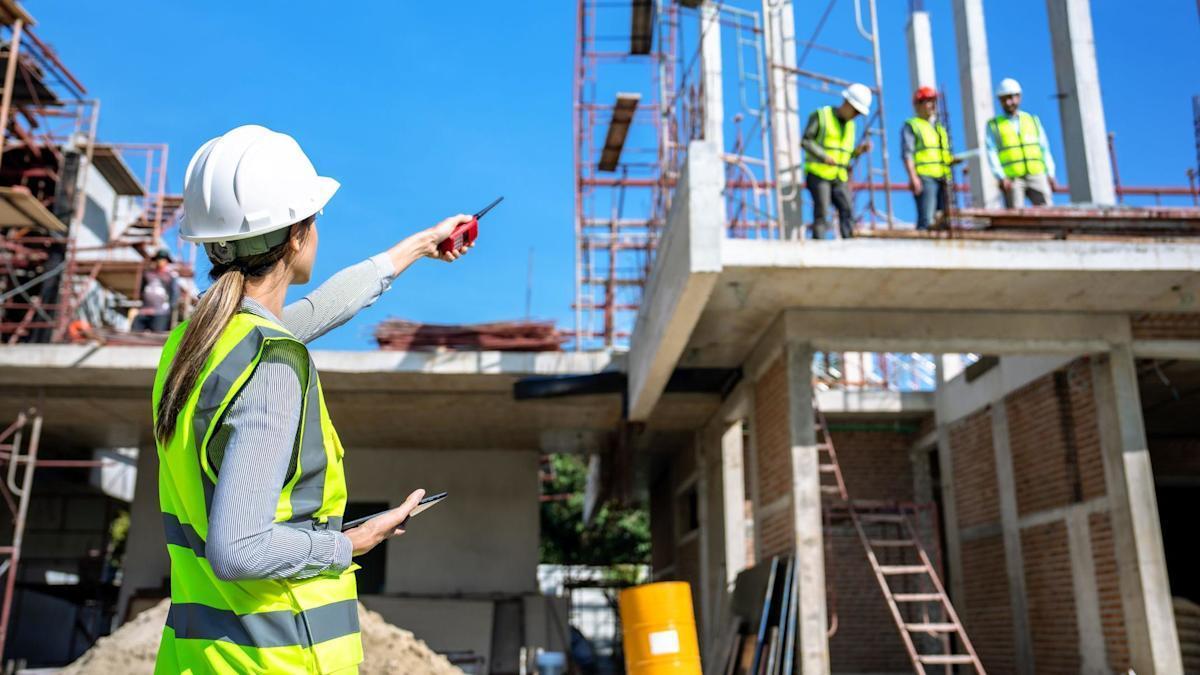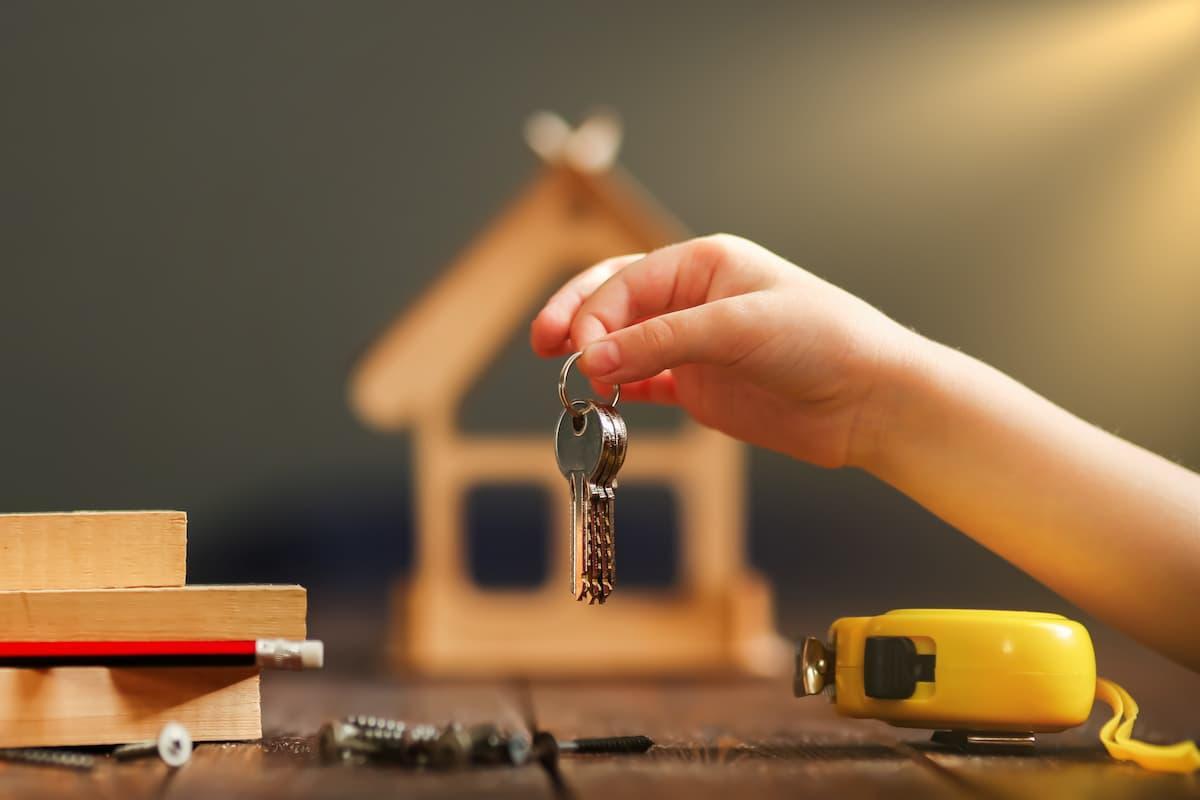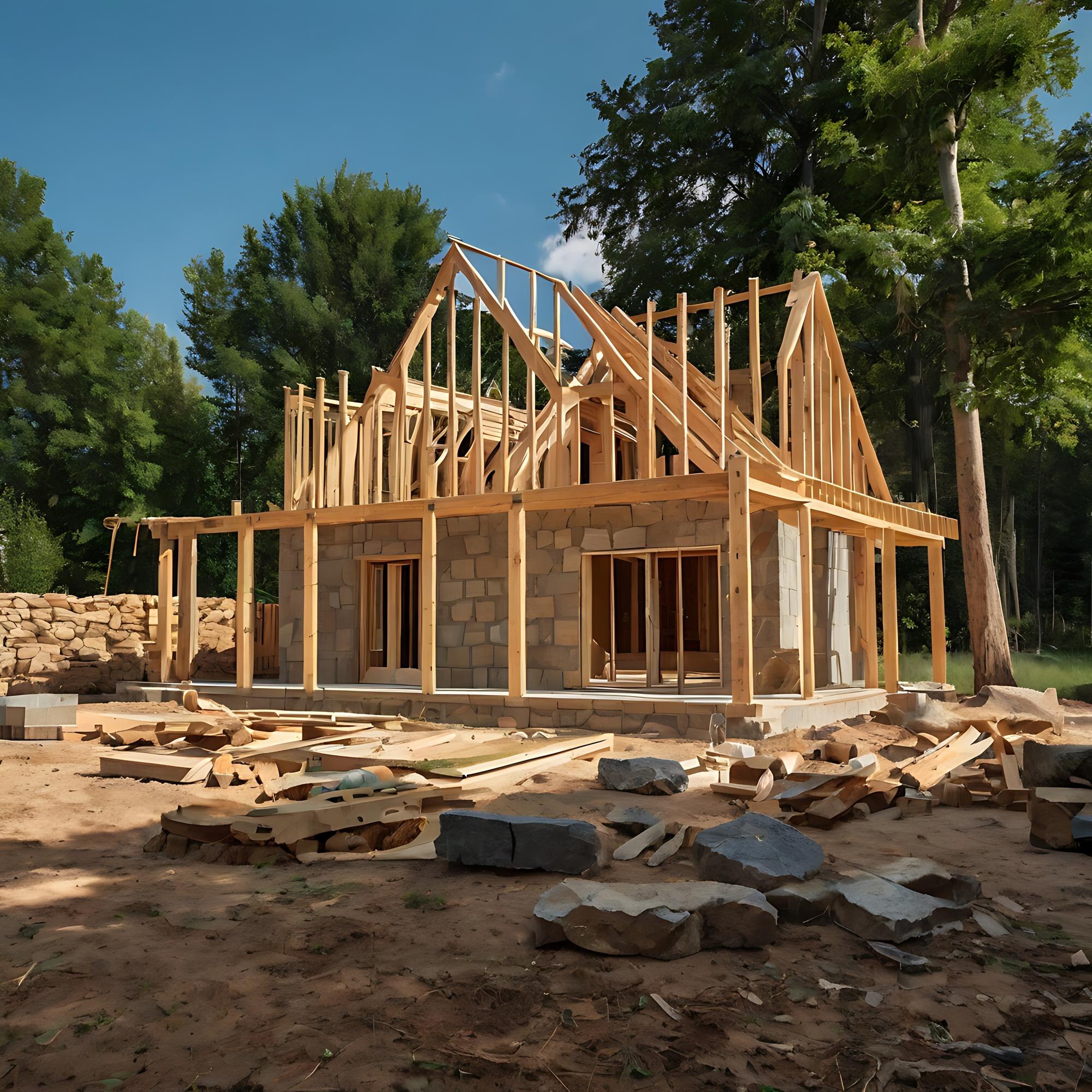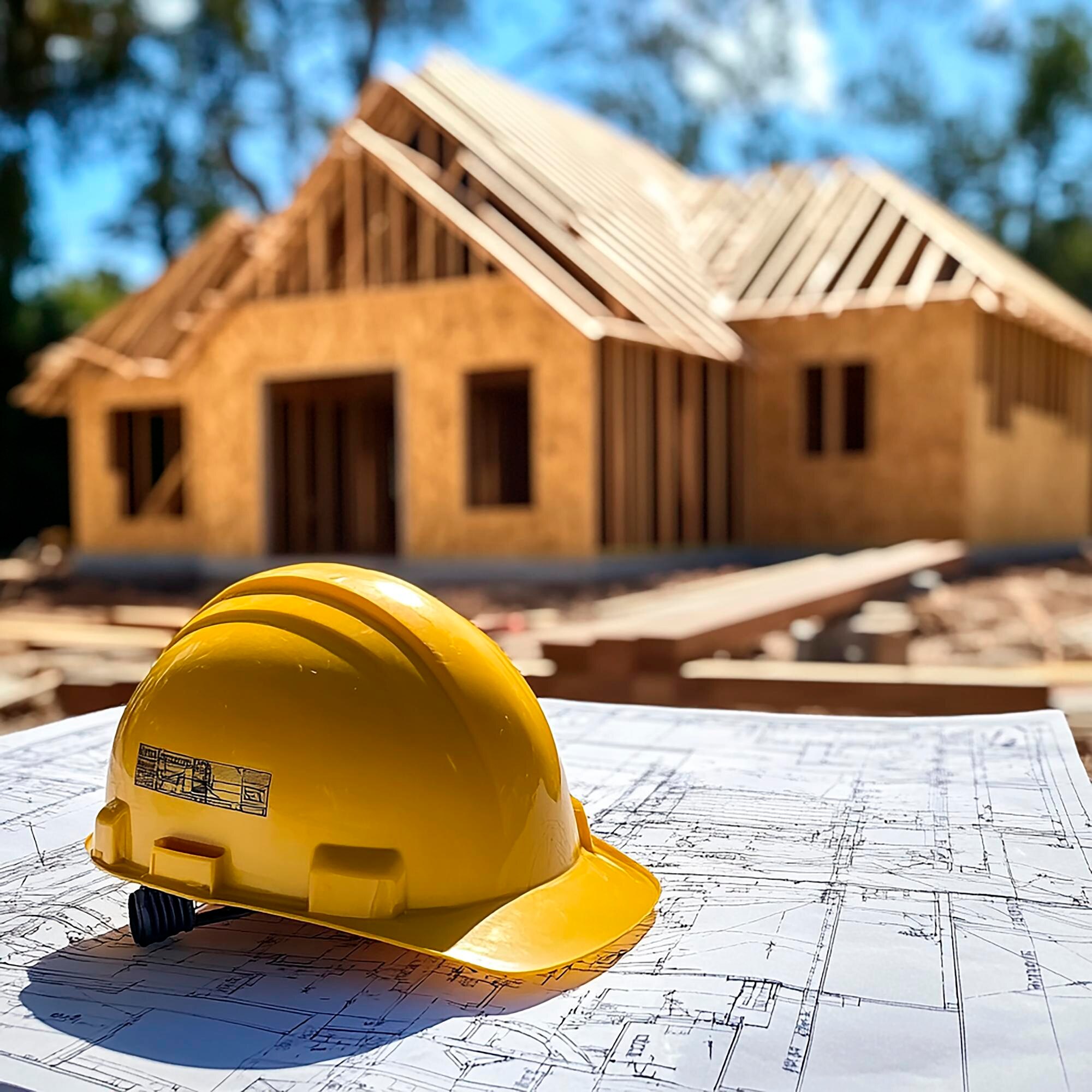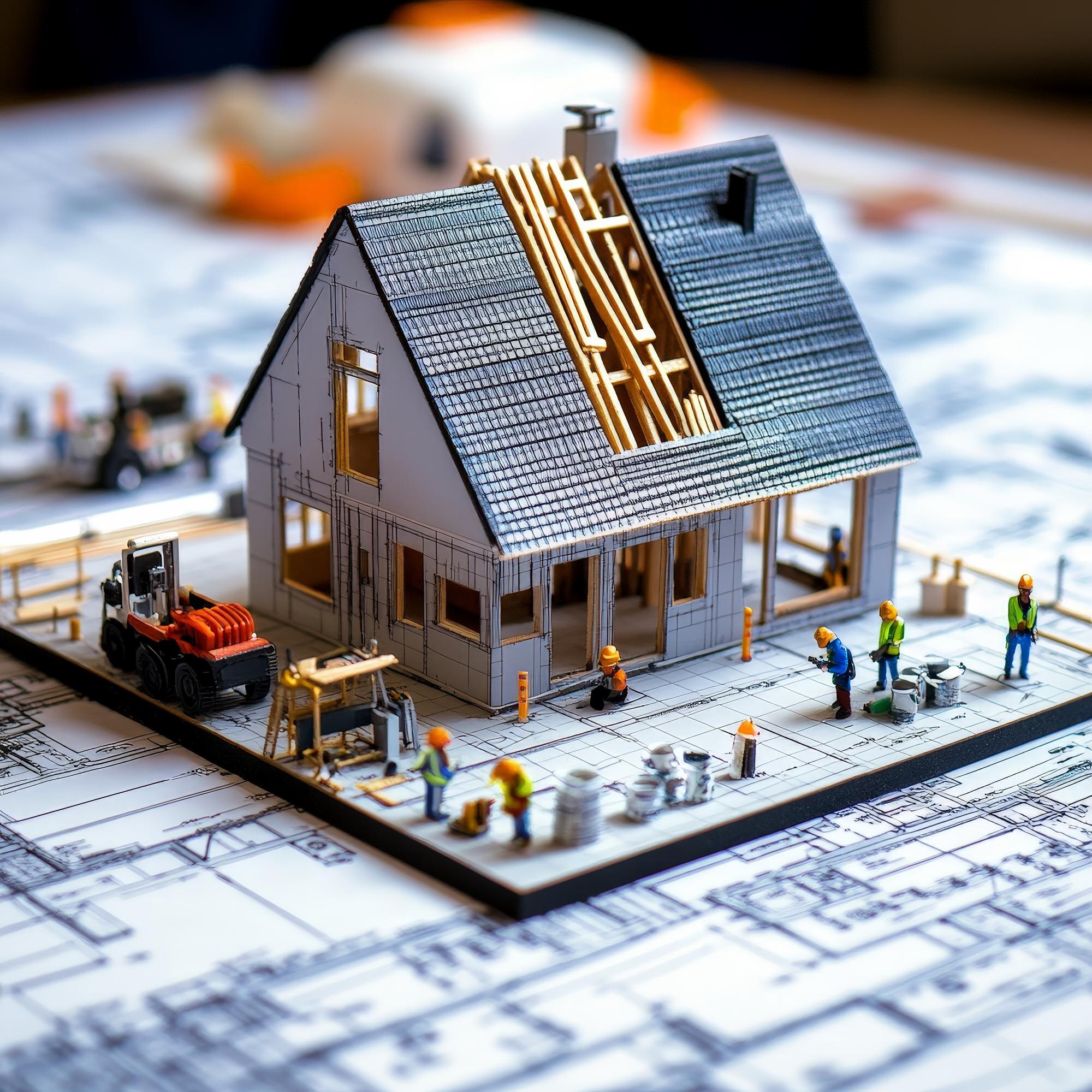Elevating Your New Abode: Approaches to Home Comfort
-
Integrated Smart Living: This approach leverages advanced technology to automate various home functions, from climate control and lighting to security systems. It aims to create a highly efficient and convenient living space, minimizing manual effort and enhancing daily ease through interconnected devices and intuitive interfaces. Ideal for those seeking modern convenience.
-
Harmonious Natural Elements: Focusing on biophilic design, this method integrates natural light, organic materials, and indoor greenery to foster a serene and restorative environment. It seeks to establish a deep connection with nature, promoting well-being and a sense of calm within the home, utilizing sustainable and aesthetically pleasing components.
-
Ergonomic & Functional Design: This approach prioritizes spatial optimization, user-centric layouts, and comfortable furnishings to enhance daily functionality and accessibility. It ensures that every element within the home serves a purpose and contributes to effortless movement and task execution, creating a highly practical and comfortable living experience.
Key Evaluation Criteria for Comfort Solutions
-
Implementation Complexity & Initial Outlay: Consider the resources, time, and specialized skills necessary to install and configure the chosen comfort system or design philosophy in your new residence.
-
Long-term User Experience: Assess how the solution consistently contributes to the occupants' daily comfort, operational efficiency, and overall satisfaction over an extended period.
-
Scalability & Personalization: Evaluate the ease with which the system or design can be expanded, modified, or tailored to evolving needs and individual preferences over time.
-
Ongoing Upkeep & Adaptability: Examine the required effort for routine maintenance, potential repairs, and the flexibility to adjust or update components as circumstances change.
Comparative Analysis of Home Comfort Approaches
The Integrated Smart Living approach typically entails a higher initial outlay due to the cost of smart devices, sensors, and professional installation. Its complexity can be significant during setup, requiring careful planning and configuration. However, once established, it offers unparalleled long-term user experience through automation, energy management, and enhanced security, providing consistent convenience and peace of mind. ProtoConstructionszuv can assist in designing these complex systems effectively.
When considering Harmonious Natural Elements, the initial outlay can be moderate, depending on the choice of materials and extent of landscaping. Implementation complexity is generally lower than smart systems but requires thoughtful design integration. The long-term user experience is profoundly positive, fostering a sense of tranquility and connection to the natural world, which significantly contributes to mental and physical well-being without relying on technology.
For Ergonomic & Functional Design, the initial outlay is highly variable, influenced by furniture choices and custom built-ins. Implementation complexity is moderate, focusing on spatial planning and layout optimization. This approach excels in long-term user experience by creating spaces that are intuitively easy to navigate and highly efficient for daily activities, reducing physical strain and enhancing productivity in every room.
Regarding Scalability & Personalization, Smart Living solutions offer high flexibility, allowing users to add new devices or reconfigure settings as needs change. Natural Elements can be personalized through plant selection and material choices, but major structural changes are less adaptable. Functional Design is highly scalable, as furniture and layout adjustments can be made relatively easily to suit evolving household dynamics and preferences.
The Ongoing Upkeep & Adaptability for Smart Living involves software updates, battery replacements, and occasional troubleshooting, which can be a recurring task. Natural Elements require consistent care for plants and periodic maintenance of natural materials to preserve their aesthetic and functional qualities. Functional Design generally demands the least upkeep, primarily involving routine cleaning and occasional furniture rearrangement, offering robust adaptability with minimal fuss.
Each approach presents distinct advantages and considerations. ProtoConstructionszuv understands that choosing the right blend is crucial for creating a truly comfortable home. We guide our clients through these decisions, ensuring the selected elements align perfectly with their vision for their new living space, from conceptualization to final implementation.
Recommendations for Your Comfort Journey
For those prioritizing ultimate convenience and efficiency, the Integrated Smart Living approach is highly recommended. It suits individuals who appreciate technological advancements and desire seamless control over their environment. Be prepared for a higher initial expenditure and a learning curve, but the long-term benefits in energy management and daily ease are substantial, making it a worthwhile consideration for a modern lifestyle.
If your primary goal is to create a peaceful and rejuvenating sanctuary, focusing on Harmonious Natural Elements will be most effective. This method is ideal for individuals seeking a deeper connection with nature and valuing a serene atmosphere over technological automation. It typically involves a moderate initial cost and offers immense psychological benefits, fostering a calm and healthy living space.
For families or individuals who value practicality, accessibility, and ease of movement above all, Ergonomic & Functional Design is the optimal choice. This approach ensures that your home supports daily routines effortlessly, minimizing clutter and maximizing utility. It is highly adaptable to changing needs and generally requires less specialized maintenance, providing enduring comfort through thoughtful spatial organization.
Ultimately, the best approach often involves a thoughtful combination tailored to your specific lifestyle, budget, and aesthetic preferences. Consider what aspects of comfort resonate most with you – whether it’s technological convenience, natural tranquility, or practical efficiency. A balanced strategy can integrate elements from each method to create a truly personalized and comfortable new abode that feels uniquely yours.

